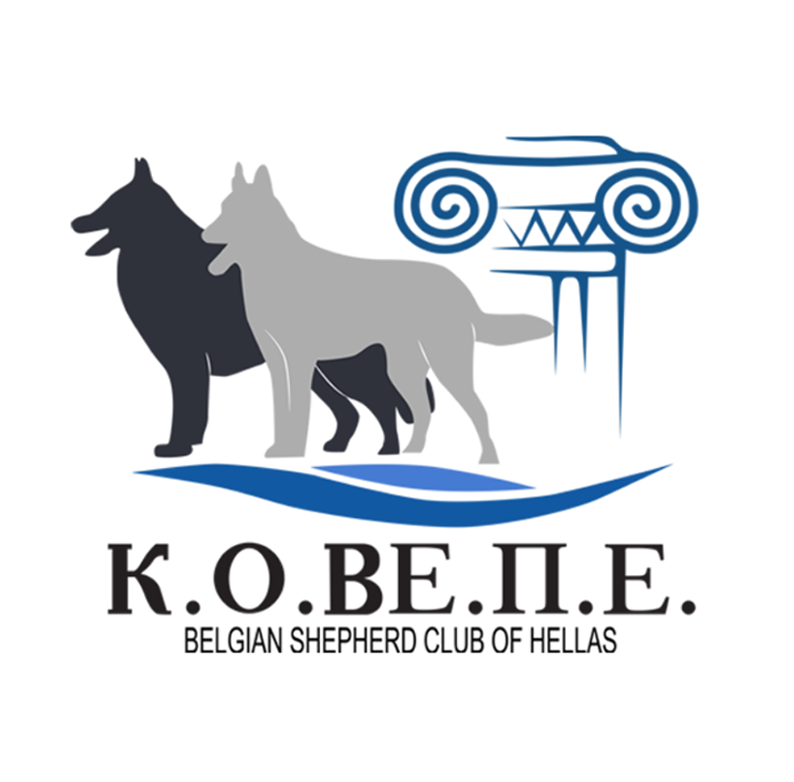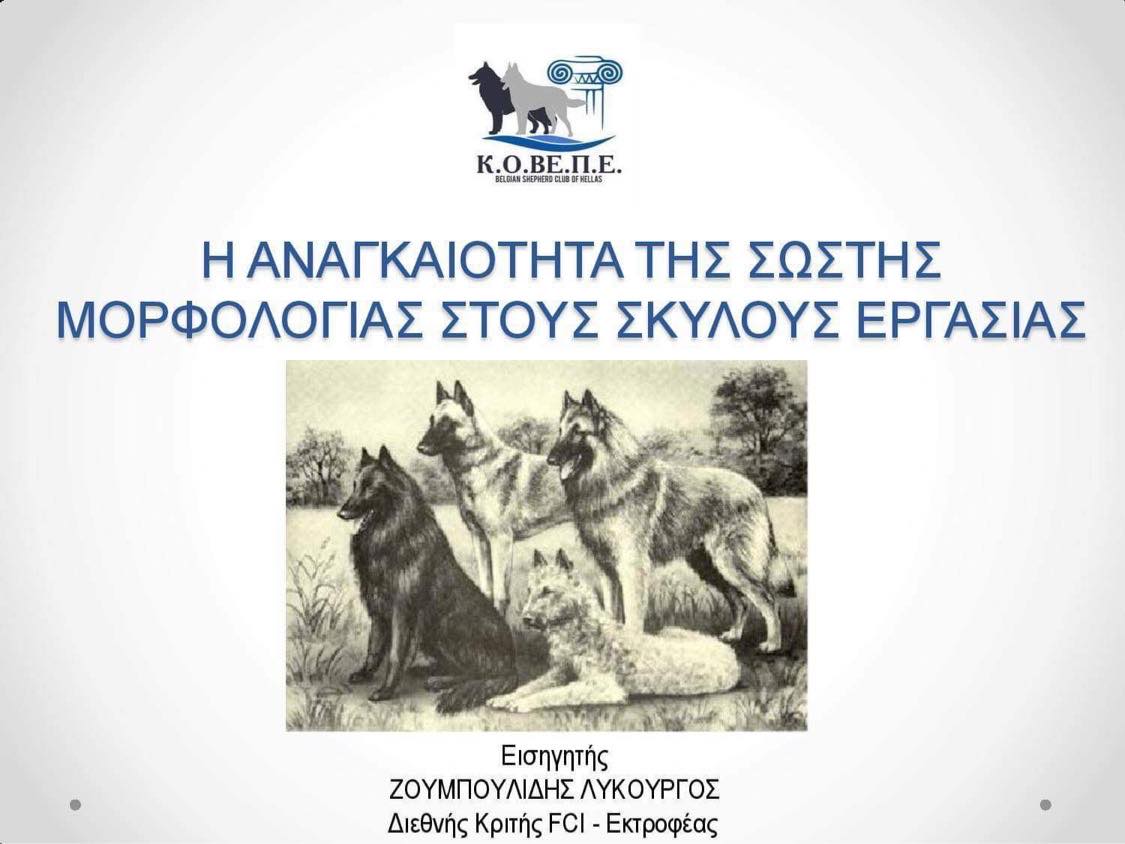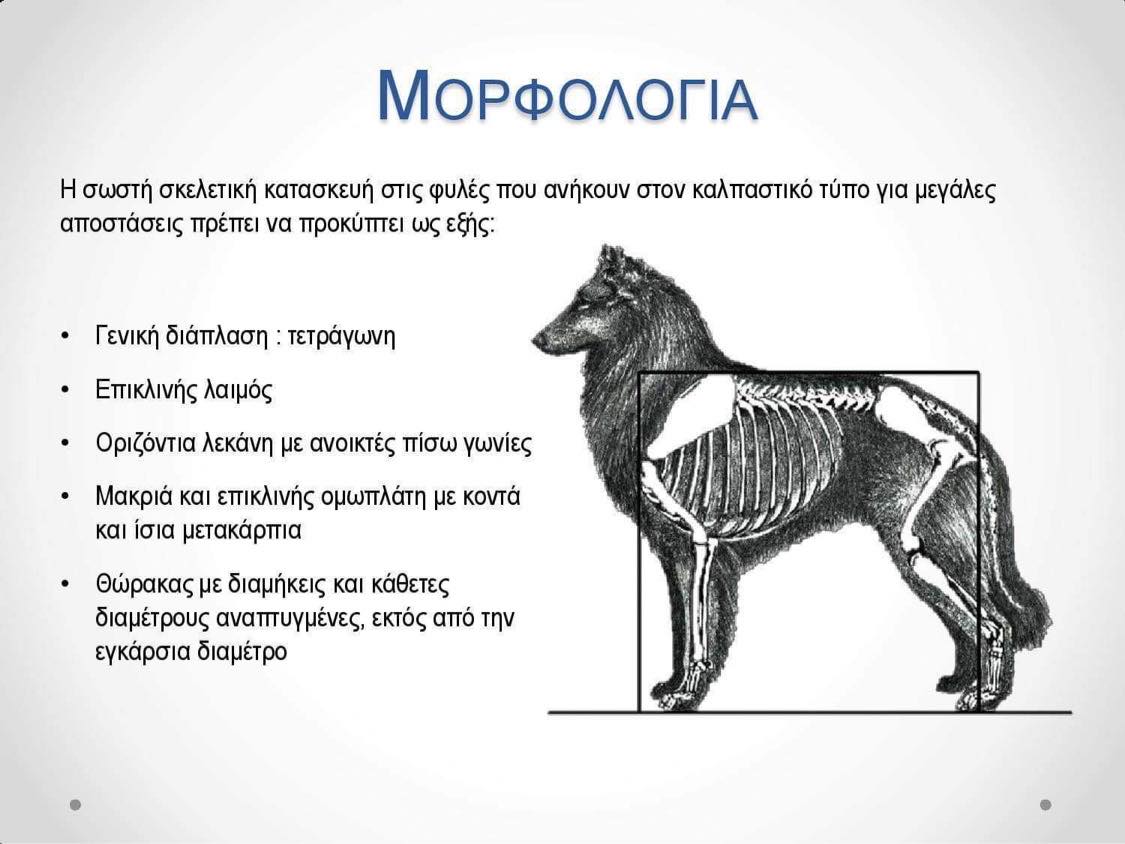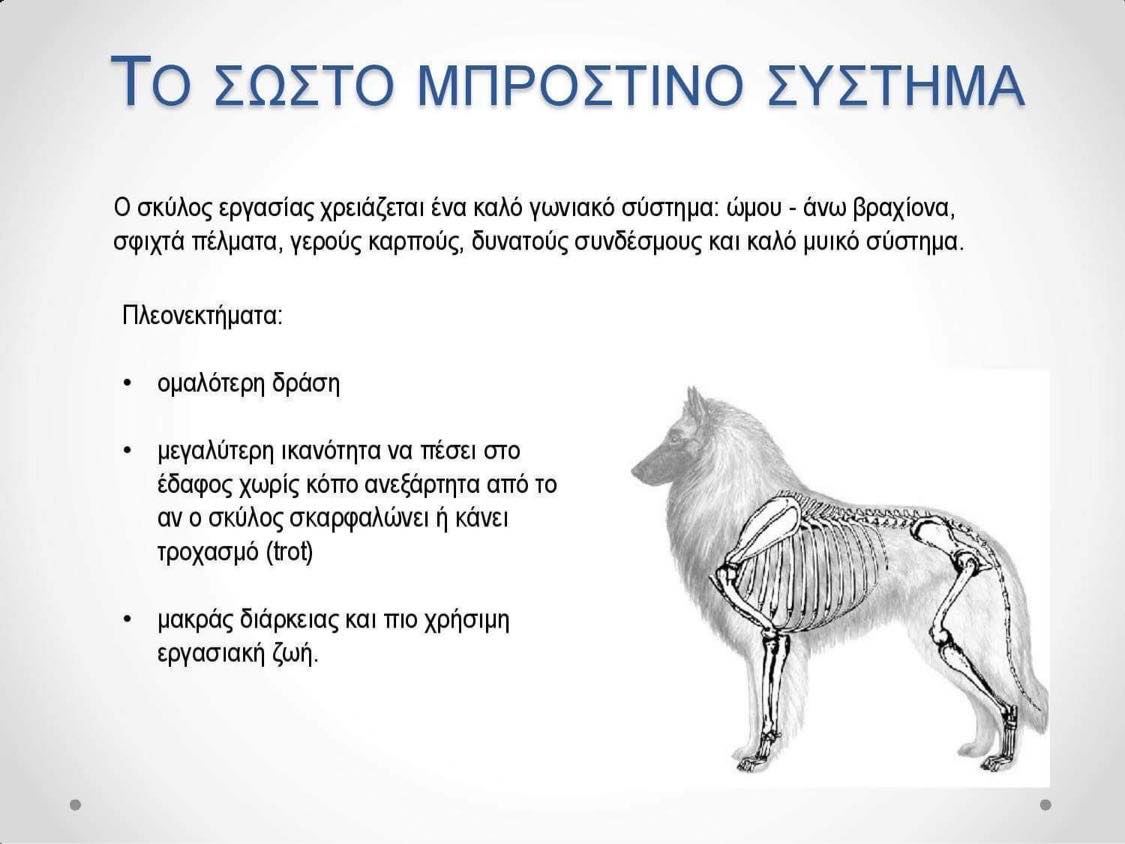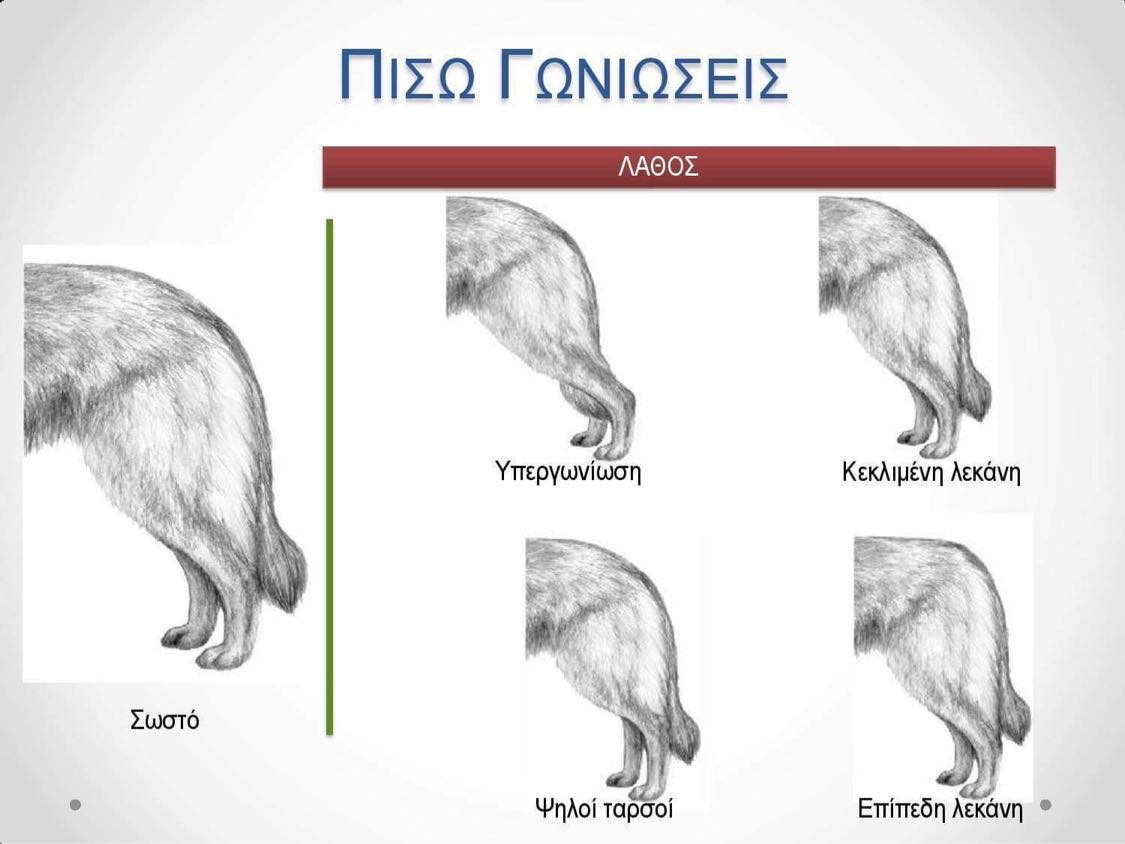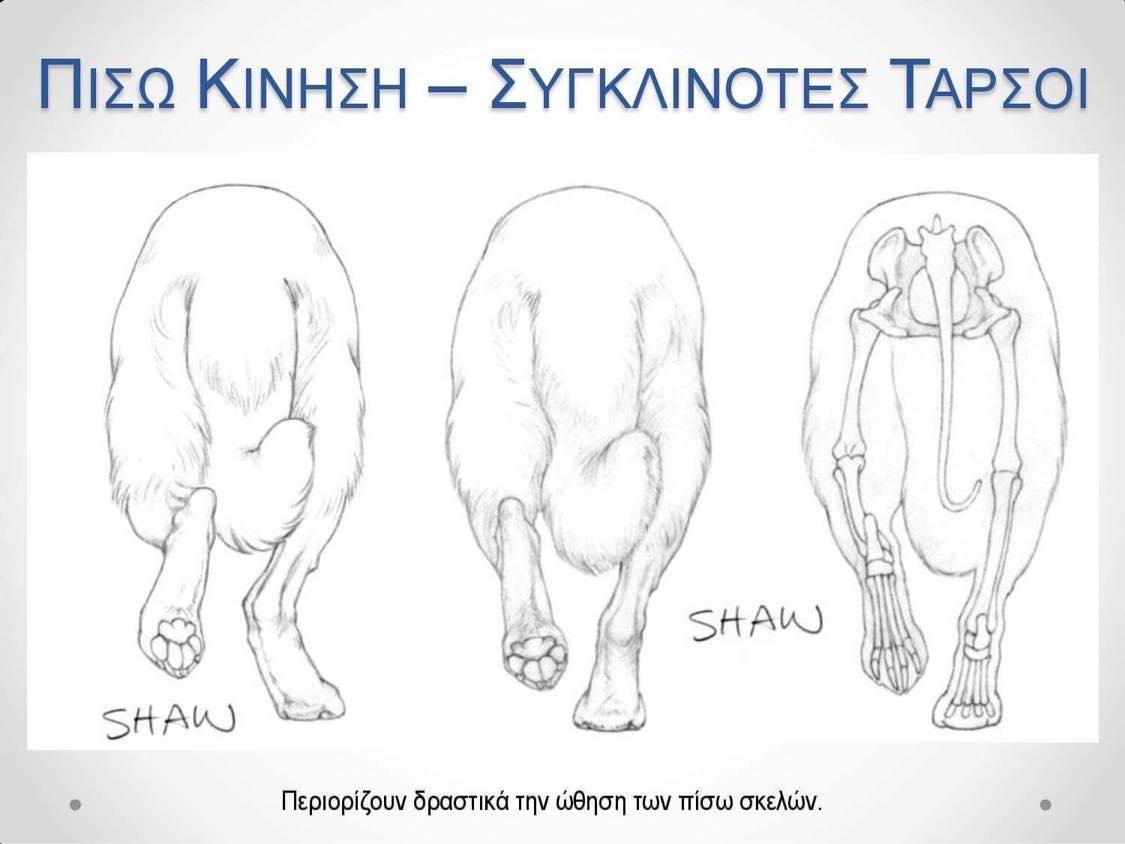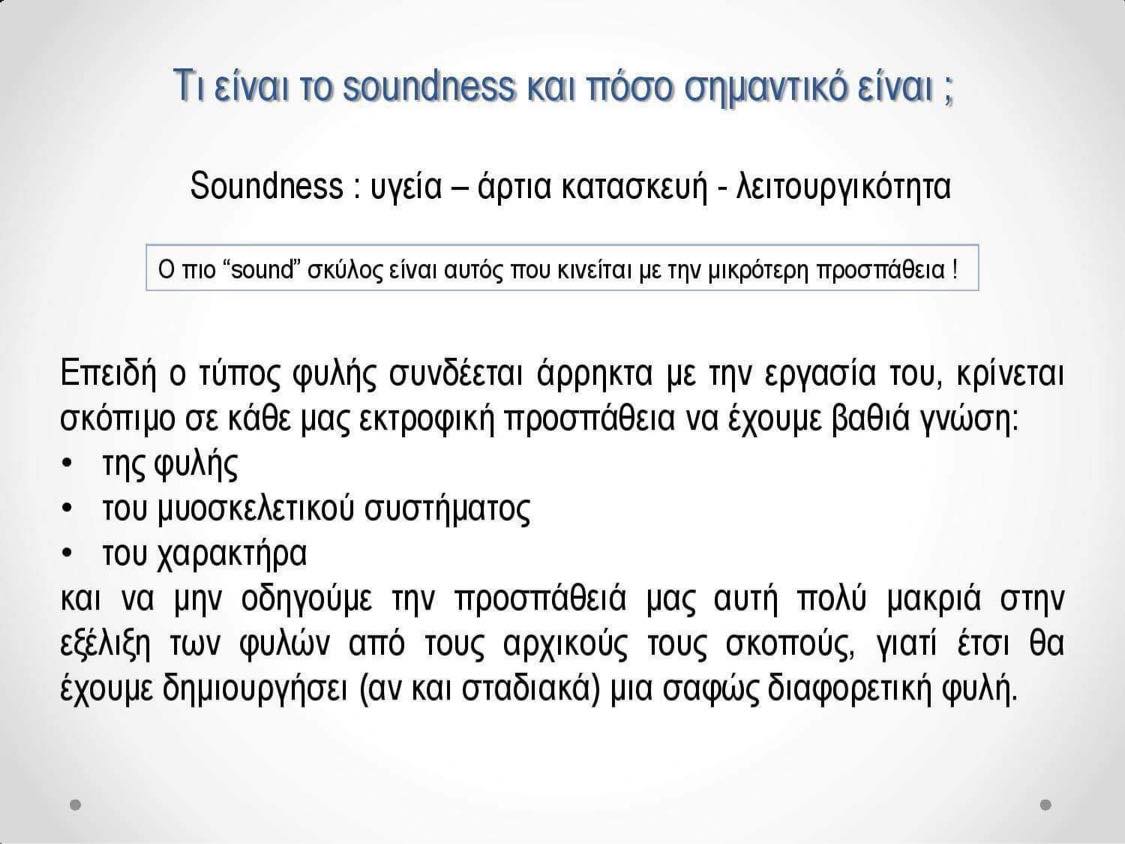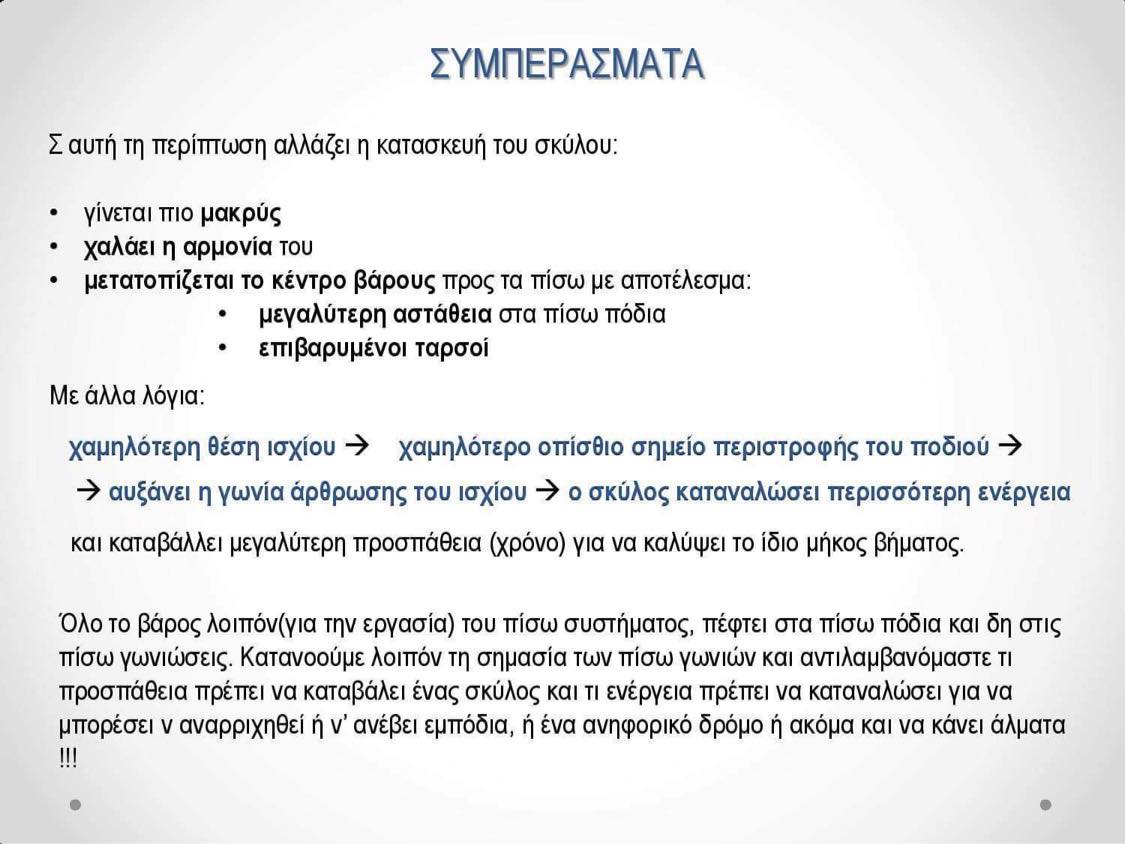
The Belgian Shepherd has four varieties: the Groenendael, the Tervueren, the Malinois, and the Laekenois, which mainly differ in the type and color of their coats. All of the aforementioned types are working dogs used for herding, guarding, police and military service, as well as companionship and sports. The history of the Belgian Shepherd begins in the late 19th century, when groups of breeders and specialists in Belgium began to select and classify the local shepherd dogs based on their characteristics and abilities. In 1891, the Club du Chien de Berger Belge was established in Brussels, with Professor of Veterinary Medicine Adolphe Reul as its president, who undertook the organization of the project to assess and classify these dogs. On November 15, 1891, the first exhibition-census was held at the Veterinary School in Gureghem, where 40 long-haired dogs (black and fawn) were presented, along with 33 smooth-coated and 19 rough-coated ones. Professor Reul divided the dogs presented into 4 categories:
-
-
- dogs with black coats (later known as Groenendaels)
- dogs with fawn coats (later known as Tervuerens)
- dogs with short fawn coats and a black mask (later known as Malinois)
- dogs with rough gray-ashen-fawn coats (later known as Laekenois)
-
It is important to note that at that time, the type of dog did not exhibit any morphological uniformity, which is why the ROYAL CLUB SAINT-HUBERT, which registered purebred dogs (of which the Belgian Shepherd Club was a member), refused to register them in its pedigrees. Eventually, the Club managed to register the first dogs after several years, as selective breeding and the increase in breeding kennels in Belgium gave some type to the above four different varieties. The Belgian Shepherd became known outside of Belgium, mainly through its use in the police and military. The French police used them from the beginning of the 20th century, as did the New York City Police Department, which introduced 4 dogs from Belgium in 1908 to work alongside American-bred dogs. At the same time, Belgian Shepherds were used by Belgian customs officers for border patrols and were praised for their ability to detect smugglers.
At the same time, they were used as shepherd dogs, guard dogs, as well as companions, and excelled in international working trials. During the First and Second World Wars, they distinguished themselves on the battlefield as messengers and stretcher-bearers. Today, besides being an amazing and loyal family dog, the Belgian Shepherd continues to work as a police or military dog, either as a guard, search and rescue dog, or by participating in various dog sports, achieving outstanding performances worldwide.
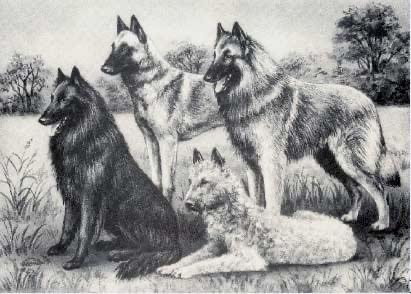
Overview
The Belgian Shepherds evolved in various regions of their homeland, from shepherds who needed a strong, fast, flexible, courageous, and intelligent shepherd dog that would have the necessary endurance in Belgium's extremely variable climate.
The relative isolation of these farming communities and flocks brought about the changes and peculiarities of the four types of Belgian Shepherd breeds we know today as the Groenendael, Tervueren, Malinois, and Laekenois. All variations of the breed are of the same size and character but differ in their coats. They are medium-sized dogs, athletic, harmoniously symmetrical, intelligent, strong, alert, and attentive, accustomed to outdoor life, designed to withstand temperatures of all seasons, and extreme atmospheric changes.
The lively, vigilant temperament and self-confidence of the Belgian Shepherd, a breed that by its nature shows no fear or unjustified aggression, should be apparent in its posture and in the proud, attentive expression of its eyes. An important factor indicating the quality of the dog's character is its calmness and fearless disposition.
The Belgian Shepherd is a highly adaptable dog to any activity and work. Its energy level is very high, and for this reason, it needs daily exercise to maintain its physical and mental well-being. It is receptive to anything assigned to it, as long as it remains active. It does not fit into an inactive, non-active lifestyle. Additionally, besides its inherent ability to herd animals, the Belgian Shepherd also possesses the qualities of a guardian dog, concerning protection and territory.
Appearance
The Belgian Shepherd is a medium-sized dog, with harmonious proportions, combining elegance and strength. It has a medium build, with dry muscles, a square, rustic appearance, accustomed to open-air country life, designed to withstand the frequent atmospheric changes of the Belgian climate. With the harmony of its conformation and the high carriage of its head, the Belgian Shepherd must give the impression of robust elegance that has become the legacy of the selected representatives of this working breed. The Belgian Shepherd is judged in its natural stance, without physical contact with the handler.

Proportions, Size, Weight & Measurements
The Belgian Shepherd can be placed in a square. The chest descends to the level of the elbows. The length of the muzzle is equal to or slightly longer than half the length of the head.
Withers height: Το ιδανικός ύψος στο ακρώμιο είναι κατά μέσο όρο
-
-
- 62 cm for males and
- 58 cm for females
-
Limits: 2 cm minus, 4 cm plus
Weight:
-
-
- Male approximately 25-30 kilograms
- Females approximately 20-25 kilograms.
-
Measurements: On average, the standard measurements for adult male Belgian Shepherd with 62 cm at the withers are:
-
-
- Body length: (from the point of the shoulder to the point of the buttocks): 62 cm
- Head length: 25 cm
- Length of the muzzle: 12.5 – 13 cm
-
Behavior & Character
The Belgian Shepherd is vigilant and active, bursting with energy and always ready to take action. Apart from its innate ability to herd flocks, it also possesses the valuable skill of being the best guardian dog for its owner. Without hesitation, it becomes a persistent and fierce defender of its owner. It possesses all the necessary skills for a shepherd, guard, defense, and service dog. Its lively and alert character and its trusting nature do not show fear or aggressiveness, which should be evident in its body posture and the proudly attentive expression in its sparkling eyes.
When judging this breed, its calm and fearless character must be considered.
